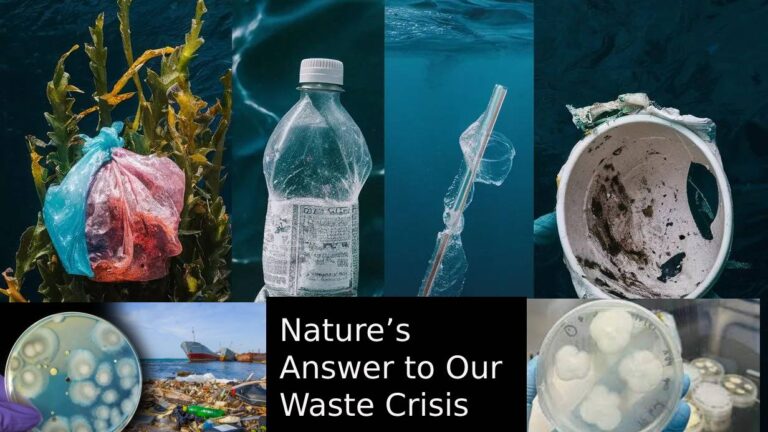Discover the breakthrough of plastic-eating fungus found in the Pacific Ocean. Learn how this marine fungus is offering new hope in the fight against plastic pollution, potentially revolutionizing waste management in our oceans.
How a Plastic-Eating Fungus Could Revolutionize Waste Management
Plastic waste is everywhere. It clogs our oceans, fills our landfills, and takes hundreds of years to break down. But what if there was a natural way to get rid of it? Scientists have made an exciting discovery that might change everything.
The Amazing Fungus Found in a Dump
Researchers found something incredible in a garbage dump in Islamabad, Pakistan: a fungus that can eat plastic! This fungus, called Aspergillus tubingensis, was found by a team of scientists from Pakistan and China. They were looking for ways to break down plastic waste naturally, and they struck gold.
How Does the Fungus Work?
Aspergillus tubingensis works by releasing enzymes. These enzymes break down the plastic molecules, turning them into smaller pieces. This process happens in weeks, much faster than the hundreds of years it usually takes for plastic to degrade.
Plastic Eating Fungus Research
The researchers wanted to see how well the fungus worked in different environments. They tested it in liquid, soil, and on a special plate used to grow fungi. The fungus was most effective on the special plate, but it still broke down plastic in all conditions.
A Solution to Plastic Pollution?
Plastic pollution is a huge problem. It harms wildlife, pollutes our water, and even releases dangerous chemicals. The discovery of this plastic-eating fungus could be a game-changer. If we can use this fungus on a large scale, we might finally have a way to tackle the plastic waste crisis.
What’s Next?
The scientists believe this is just the beginning. There could be other fungi out there that can break down plastic even faster or in different ways. The next step is to study Aspergillus tubingensis more closely and see how it can be used in real-world situations, like in waste treatment plants.
A Game-Changer for Our Planet
This discovery gives us hope. If we can harness the power of this fungus, we might be able to clean up our planet. It’s a small step, but it could lead to big changes in how we deal with plastic waste. Imagine a world where plastic no longer lingers for centuries but breaks down naturally, thanks to a humble fungus. The future could be brighter—and cleaner—than we ever imagined.

